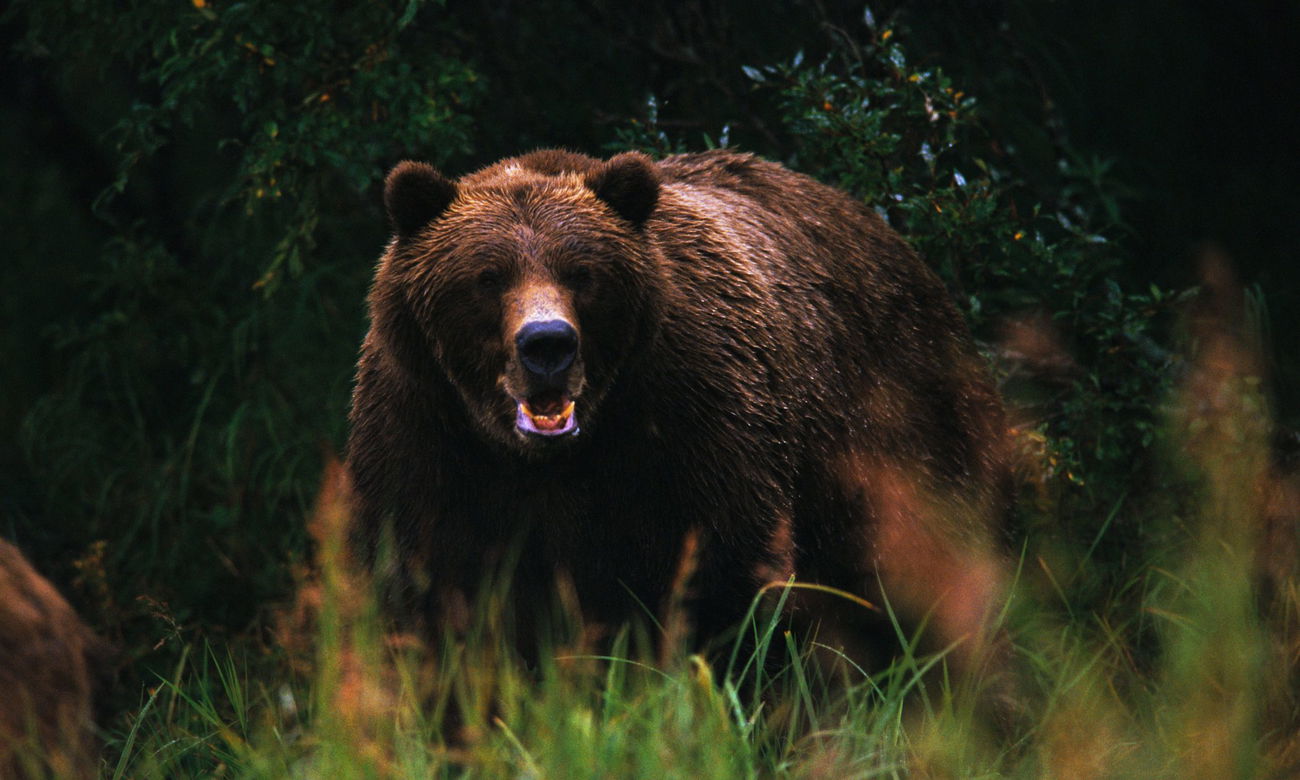

Bears have the reputation for being scary, menacing creatures. But it’s an idea that’s overblown at best. “The chance of a bear attacking you is really low,” says David Mizejewski, a naturalist with the National Wildlife Federation, one of the oldest and largest wildlife conservation groups. “But you might encounter bears in everyday life or on a hike, depending on where you live, so it is crucial to know how to handle the situation.”
Identify the bear you’re dealing with
There are two species of bears that you might encounter in North America, black and brown, and they have different behaviors depending on the situation.
In most areas of the U.S., you’re more likely to encounter black bears, as they live across the country and are most typically found in wooded areas, but have been known to show up in residential areas. Brown bears, also known as grizzlies, are less prevalent and are usually found in Yellowstone, Alaska and Canada only. (Fun fact: They’re the same basic bear; the ones found on Alaska’s coast are known as “brown” while the inland ones are grizzlies.) Black bears are, yes, black in color and are smaller than brown-colored grizzly bears, though they can weigh up to 500 pounds. Black bears are omnivorous, and in fact their diet is far more plant than animal. “A diet of a black bear in some cases is 75% plant material,” says Mizejewski, mostly consisting of grass, acorns, berries, and insects.
What to do if you see a black bear
In addition to having gentler diets, black bear instincts are typically to run and climb a tree to hide from a perceived threat.. “When you see one, the best thing to do is to make noise, clap your hands, whistle, scream ‘hey, bear,’ whatever you can do,” says Mizejewski. “Most likely, they’ll hear you before you see them and run and climb a tree,” Mizejewski continues.

Black bears only react aggressively if cornered. “In the very, very, very rare chance that black bears are attacking you, you should fight back,” he says. “Use a rock or stone, poke its eyes, or do whatever you can to fight it off.” He debunks a myth about mother bears. “With black bears, the more aggressive encounters are with males, not females.”
What to do if you see a brown bear
Grizzlies are much larger than black bears, weighing an average of 1,000 pounds, or twice as big as the largest black bear. Brown bears strike more of a balance of meat and plants in their diets than black bears, and while they are more likely to hunt for deer, elk, moose, and bison, they mostly live off vegetation and insects. “These are not drooling predators out to kill you,” Mizejewski adds.

Grizzly bears react differently instinctively in human encounters—they fight. “Brown bears see humans as a threat or challenge, and their response is to beat it down,” Mizejewski says. “Typically, they will leave you alone, especially if you are at a distance, but if they are feeling aggressive, they will attack,” he says. In that extreme case, his advice is to play dead: “Roll in a ball, protect your head and neck and use your backpack as a shield.”
No matter what, don’t run
If you feel you are having an aggressive encounter with any bear, don’t run. “What that could do is trigger a predatory response,” says Mizejewski. “Most predators, including bears, have a natural instinct to chase anything fleeing.”
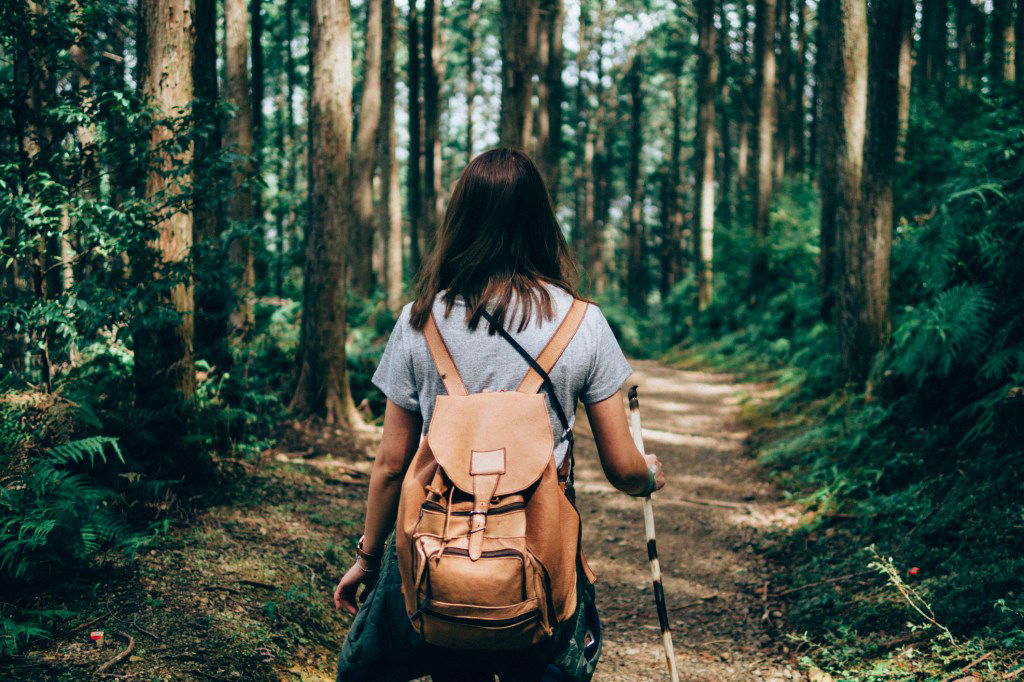
Report bear attacks to the authorities
If you experience an aggressive animal, report it to the police, ranger station or national park service. “Every state has a wildlife agency responsible for managing wildlife, and they keep track of attacks,” Mizejewski says.
Take precautions to avoid future run-ins
The best way to survive a bear encounter is not to have one in the first place. In advance of a hiking trip, even a day hike, read up and know if bears are in the area. “Educate yourself on the area and know what animals exist where you are going,” Mizejewski says. “Remember, you are going into their home and habitat.” Another tip: Carry bear spray—a sort of mace for bears—and refresh it periodically. He also advises following best practices like hiking in pairs and sharing your location with friends and family.
If you have a dog with you, keep it on a leash. “Dogs harass and kill wildlife and put animals on the defensive,” he says. “They might even instigate an encounter with a bear.”
Finally, don’t let the remote possibility of a bear attack prevent you from experiencing nature. “Getting out into nature is amazing and has amazing benefits for our minds, our body, and our spirit,” Mizejewski says. “The risk of getting injured by a wild animal is so low, it should not prevent you from getting out there and doing it.”

David Mizejewski is a naturalist and television host with the National Wildlife Federation. He holds a degree in Human and Natural Ecology from Emory University and is an expert on wildlife and our environment. He’s dedicated to using his knowledge and his enthusiasm to help others understand and protect wildlife.
David regularly appears in the media to promote wildlife conservation. He hosted and co-produced Backyard Habitat, a television series on Animal Planet that showed people how to transform their yards and gardens into thriving habitats for birds and other local wildlife. He appeared in the Animal Planet mini-series Springwatch U.S.A. that looked at the effect seasonal change has on wildlife, from salamanders and flying squirrels to great horned owls and black bears. He’s appeared on NatGeo WILD on series such as Are You Smarter Than, How Human Are You, and Unlikely Animal Friends and co-hosted the network’s prime time television series Pet Talk.



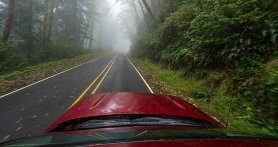
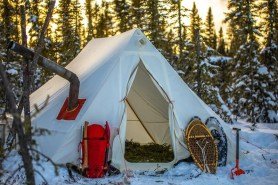
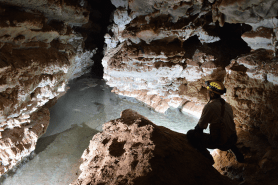
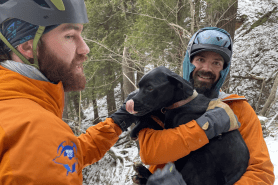
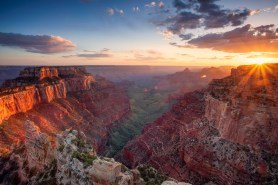

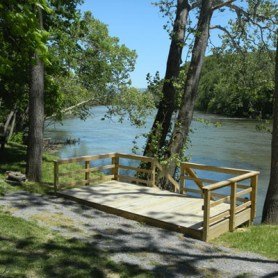
You missed polar bears. If you’re talking about North America, the threat from polar bears is far greater than grizzly or black bear. You say Canada in a very blanket statement for grizzly bears. I’m not sure that’s accurate. I’m pretty sure it’s only western Canada.
Failed to mention that black bears can be brown in color.
And having lived in Alaska all the bears up there are called Brown bears they are not called grizzlies in the interior areas and all are bigger.
You also don’t scream at a bear you just talk a little louder saying Hey bear. For more Is information about bears go to bearwise.org. I think it’s org but it might be .com.
It is my understanding that black bears can actually be the color brown and even blonde. Beware of Bears in the spring when they come out of hibernation and are extremely hungry. If you come across a cub, the mother will be close and protective.